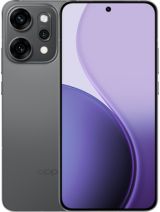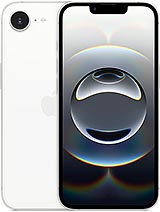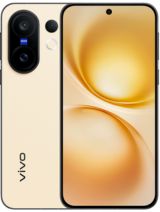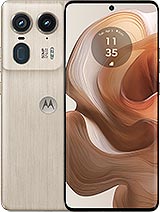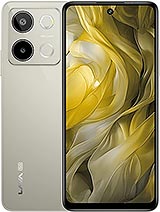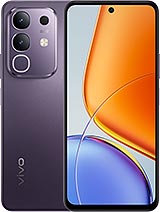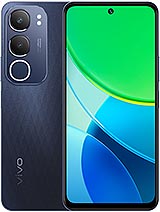iQOO 13 alternatives
Tap above to see alternatives.
Vivo Y29 alternatives
Tap above to see alternatives.
2x4.32 GHz Oryon V2 Phoenix L
6x3.53 GHz Oryon V2 Phoenix M
2x2.4 GHz Cortex-A76
6x2.0 GHz Cortex-A55
16GB 512GB (UFS 4.0)
6GB 128GB (eMMC 5.1)
8GB 128GB (eMMC 5.1)
8GB 256GB (eMMC 5.1)
f/1.9, 23mm (wide), 1/1.56", 1.0µm, PDAF, OIS
50 MP
f/1.9, 50mm (telephoto), 1/2.93", 0.6µm, PDAF, OIS, 2x optical zoom
50 MP
f/2.0, 15mm (ultrawide), 1/2.76", 0.64µm, AF
f/1.8, (wide), 1/1.95", 0.8µm, PDAF
0.08 MP
f/3.0
4K@24/30/60fps
1080p@30/60/120/240fps
f/2.5, 28mm (wide), 1/3.15", 0.7µm
f/2.0, (wide)
1080p@30/60fps
SIM1: Nano, SIM2: Nano
SIM1: Nano, SIM2: Nano
FDD: N1, N3, N5, N7, N8, N20, N28
TDD: N38, N40, N41, N77, N78
FDD: N1, N3, N5, N8, N28
TDD: N40, N77, N78
FDD: N1, N3, N5, N7, N8, N20, N28
TDD: N38, N40, N41, N77, N78
FDD: N1, N3, N5, N8, N28
TDD: N40, N77, N78
In this performance comparison, the iQOO 13 with its Qualcomm Snapdragon 8 Elite (3nm) performs better than the Vivo Y29 with the Mediatek Dimensity 6300 (6nm), thanks to superior chipset efficiency.
iQOO 13 offers 4 years of OS updates, whereas Vivo Y29 provides 1 years. For security updates, iQOO 13 offers 5 years of support compared to Vivo Y29's 3 years.
iQOO 13 features a superior AMOLED display, while Vivo Y29 comes with an LCD panel. In terms of smoothness, iQOO 13 offers a higher 144 Hz refresh rate, ensuring fluid scrolling and animations. iQOO 13 also boasts a brighter screen with 4500 nits of peak brightness, enhancing outdoor visibility. Notably, iQOO 13 offers a higher screen resolution, resulting in sharper visuals and more detailed content.
iQOO 13 comes with a larger 6000 mAh battery, which may offer longer usage on a single charge. iQOO 13 also supports faster wired charging at 120W, compared to 44W on Vivo Y29.
iQOO 13 offers better protection against water and dust with an IP68 rating.
- iQOO 13 – Check price here
- Vivo Y29 – Check price here
¹ Scores can vary even with the same chipset due to RAM, thermals, and software optimization.

